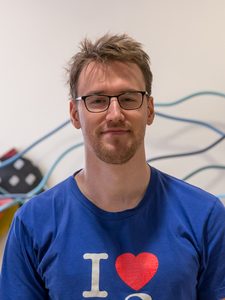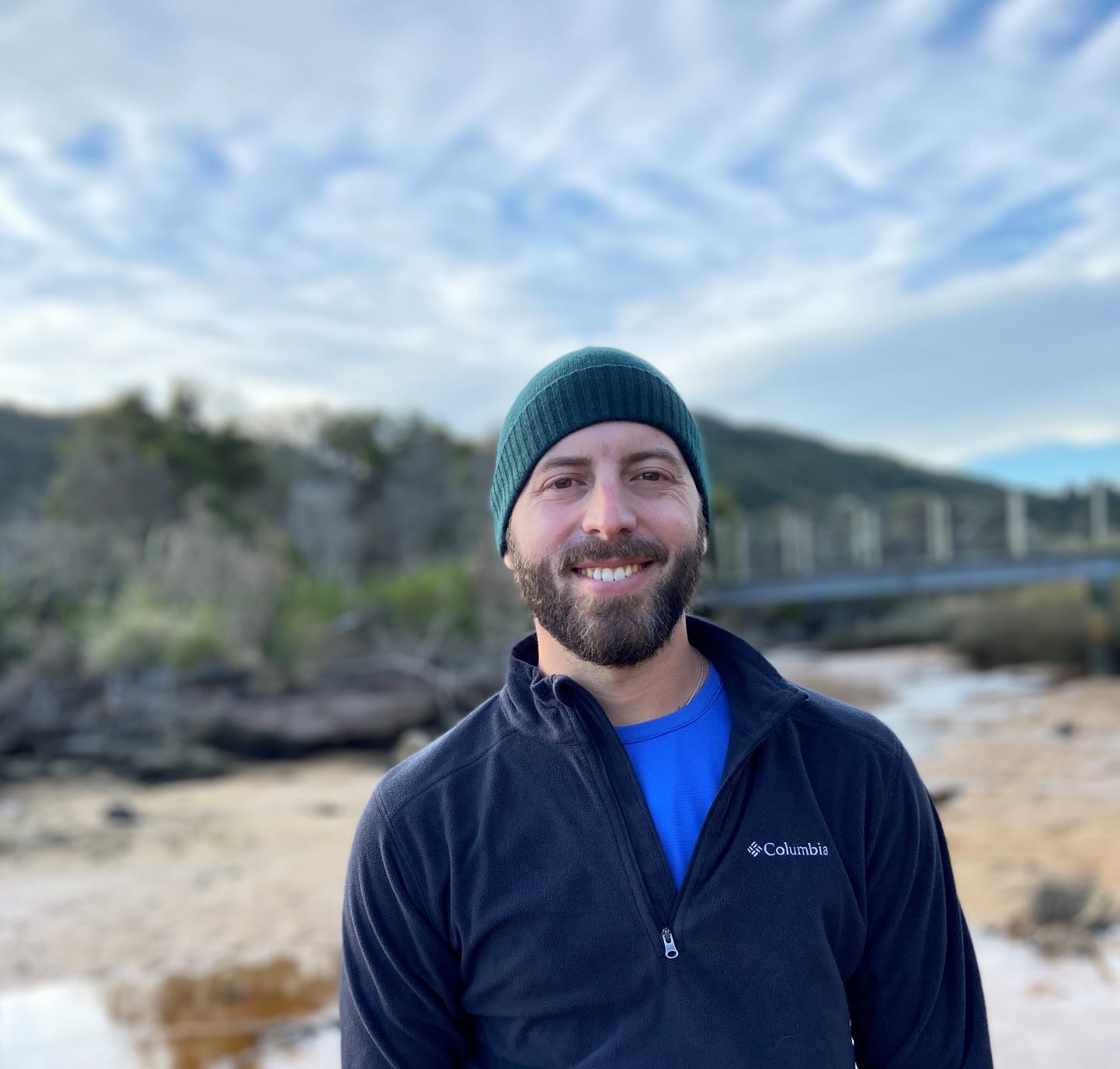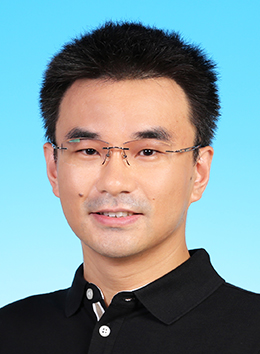 María Josefina Olascoaga
María Josefina Olascoaga
Professor, Department of Ocean Sciences
M. Josefina Olascoaga is Professor of Ocean Sciences at the Rosenstiel School of Marine and Atmospheric Science of the University of Miami. She employs modern tools from nonlinear dynamical systems theory to understand biogeochemical processes in the ocean that involve transport by currents. She combines analysis with field and laboratory experiments. The specific tools involve the concept of Lagrangian Coherent Structures, which form the building blocks of transport, and tools from probability theory, which enable delineating 'optimal' transport pathways. Examples of applications include forecasting oil slick instabilities from the Deepwater Horizon spill in the Gulf of Mexico; constraining larval connectivity in the Gulf of Mexico with implications for Pulley Ridge as a central refugium for species; determining Sargassum windage and connectivity in the tropical Atlantic.
Olascoga was born in Buenos Aires, Argentina, where she obtained a Licentiate in oceanography from Instituto Tecnológico de Buenos Aires (ITBA) in 1994. She then moved to Ensenada, Baja California, Mexico to pursue graduate education at Centro de Investigación Científica y de Educación Superior de Ensenada (CICESE). There she obtained a MSc degree (1996) under the direction of Professor Julio Sheinbaum and an ScD degree (2001) in physical oceanography under the advise of the late Professor Pedro Ripa. She subsequently moved to Miami to pursue postdoctoral training at RSMAS. She joined the RSMAS faculty in 2008.
Institutional Website, Google Scholar



 Francisco Javier Beron-Vera
Francisco Javier Beron-Vera María Josefina Olascoaga
María Josefina Olascoaga

 Alessandro Cresci
Alessandro Cresci Yan Wang
Yan Wang Grace Maze
Grace Maze Laura Fiorentino
Laura Fiorentino